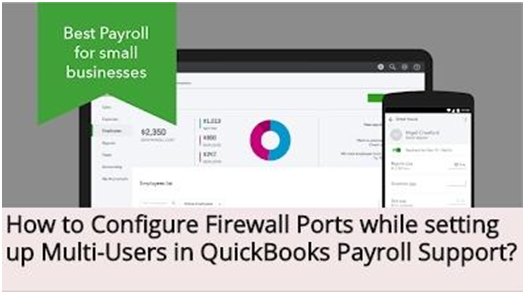3 Things to consider while moving to a Hyperconverged Structure
Currently, the job role of IT professionals is not limited to only expanding the capability of their current IT infrastructure as now, IT professionals also need to high availability, ease of use and security for their IT infra. Digitization has surely changed the way businesses used to work and this has led to led to an IT spending of more than $3.5 trillion in 2017. From cloud to AI, there have been many technological marvels that have helped businesses to achieve remarkable goals which were earlier considered impractical. And now we can see a trend of businesses moving to the hyperconverged structure.
A hypercnverged structure (HCI) offers many benefits to large organizations. The software-defined data centers reduce the complexity that comes along with managing multiple hardware and software platforms. In addition to this, the virtualization attained through HCI also aids in lowering down the operational cost by using hardware as the only pool of resource that is shared across different applications. Most of the IT professionals highlight these two main advantages of moving to HCI while presenting the idea to the board of directors.
If you are confronted with an option to move to hypercongencies then dilemmas like to be or not to be on this advance platform becomes meaningless. The new-gen hyperconverged structure has totally redefined business structures and it has allowed businesses to improve their workflow by many folds. The virtualization technology hyperconverged structure can be used to make backup, disaster recovery system and storage efficient and effective.
But some important questions do arise when you plan to shift to HCI and therefore, in this blog post, we will go through some of the most important considerations while moving to HCI.
Familiarity and transfer of knowledge
Before even starting a discussion on whether to move to HCI or not, you should know that hypercongencies structures vary in their functionality and deployment. The requirement for transfer of knowledge, price and learning curve are some of the most important things that you need to consider before moving to HCI. If there is a solution that comes with familiar interface then there will be a short learning curve and everyone will be able to work on it easily. There is no doubt in the fact that existing users will find more conversant business workloads like Sharepoint or SAP, easier to follow.
On the basis of the current knowledge of the team, you can plan a training session in order to transfer knowledge and prepare your staff for dealing with difficult situations. With HCI on the cloud, you can surely reduce the overall cost and even improve the flexibility of the infrastructure. It doesn’t matter whether you are using a private cloud or a public cloud, cloud infrastructure will always remain hardware agnostic. This simplifies adding things to your cloud infrastructure as per your need.
Data availability and mobility
From hardware to hypervisors, agonistic components helps data to move smoothly between services and application and this is why considering data availability becomes paramount while moving to HCI. In addition to making data flow smoothly, agnostic components also help in complying with SLA requirements. You should know that HCI allows different types of storage tier- solid storage state and spinning disk- and watch beyond the input-output blender simply by optimizing the storage resources based on different requirement and needs. So, if you are planning to HCI then it becomes important for you to consider both data availability and mobility so that you can utilize the HCI in a much better way.
Taking care of performance
If you are planning to invest in HCI then you should know that you can get high ROI only when your system will keep on performing at its peak efficiency. In order to make sure that your HCI is performing at par, you will need to you have a good grasp over the basics of different parameters and have them defined at the different planning stage. You can develop test codes by using the defined parameters before taking any action.
If you have to manage multiple environments then testing can become a challenge for you. However, HCI offers QoS constructs and you can use it to run multiple environments on the basis of a single infrastructure. This will make the test more reliable. Performance measures like Power Usage Effectiveness, System Resiliency, uptime and downtime, and exceptional handling can be used to analyze the ROI for knowing whether the investment in HCI is working out for you or not.
Moving to HCI can be one of the best decisions for your business but only if you are able to make a seamless shift to this advance platform. By considering the factors mentioned in this blog post, you will be able to simplify your shift without much effort.
Author Bio
Jeff Morgan is a writer at NetworksGrid with several years of experience in the IT industry. She loves writing and exploring the world of technology while making the digital platform a more informative platform. Technology is what she eats and drink and she has a firm grasp on topics like managed IT service and managed NOC service.



